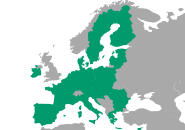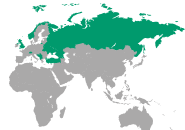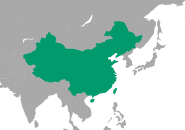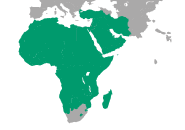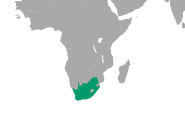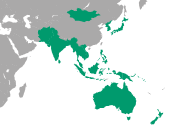Seafood Products: A Key Part of the French Diet
Why do the French love seafood so much? Seafood products hold a central place in the daily diet of the French population. IFOP surveys show that 96% of French people consume fish, and 91% regularly enjoy shellfish and crustaceans. Despite France’s extensive maritime coastline and fishing tradition, the country faces a paradox: it is increasingly dependent on external sources to satisfy its appetite for seafood products. This growing reliance on imports raises important questions about national production capacities and sustainability.
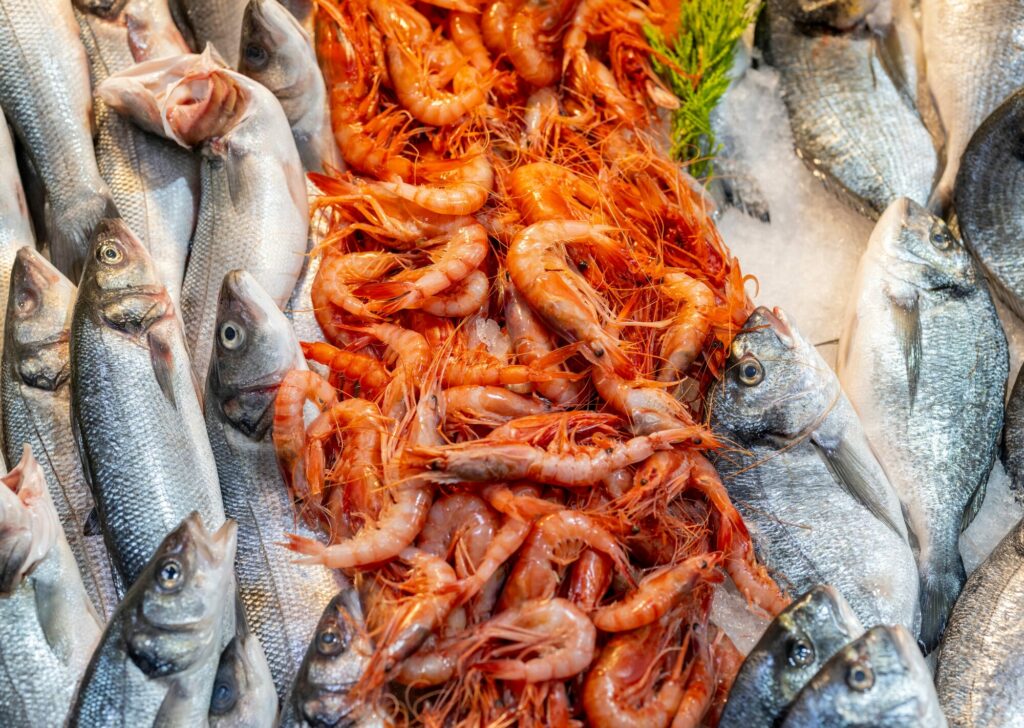
Rising Demand for Seafood Products and the Pressure on Resources
On average, each French citizen consumes about 34 kilograms of seafood products annually. This high level of demand places significant pressure on local fish stocks, particularly on iconic species such as cod and bluefin tuna, both of which have seen their populations severely depleted by overfishing. In response to these challenges, new strategies have emerged to bridge the gap between supply and demand without endangering natural ecosystems.
Aquaculture: a solution for the future?
According to a report by the Food and Agriculture Organization (FAO), over 55% of the seafood consumed worldwide comes from aquaculture.
In France, this sector includes several specialized branches:
- Fish farming: The rearing of species like trout, salmon, and sea bass. France, particularly in its mountainous regions, is renowned for high-quality trout production.
- Shellfish farming: France ranks among Europe’s leading producers of oysters, especially in regions like Brittany and Charente-Maritime.
- Mussel farming: Well developed along the Atlantic coast, mussel farms supply a significant portion of domestic consumption.
- Seaweed farming: An emerging sector, seaweed production is gaining momentum, driven by its applications in food, cosmetics, and animal nutrition.
Aquaculture thus plays a key role in sustaining France’s supply of seafood products. Nevertheless, production from these activities, while expanding, still falls short of covering national demand entirely.
Conclusion: Persistent dependence on imports
While French aquaculture contributes increasingly to the domestic supply of seafood products, it cannot yet fully satisfy the growing consumer demand.
So where do the seafood products we import come from?
As a result, imports remain essential. In the next article, we will explore the origins of these imported seafood products and the dynamics shaping France’s reliance on international sources.
There are plenty of challenges in aquaculture, so don’t hesitate to check out the challenges for fish and shrimp production on our website!

